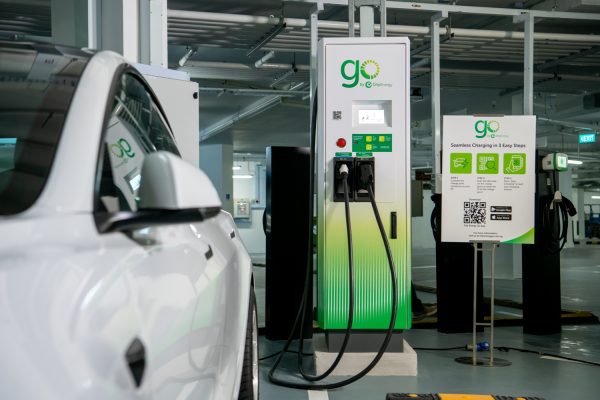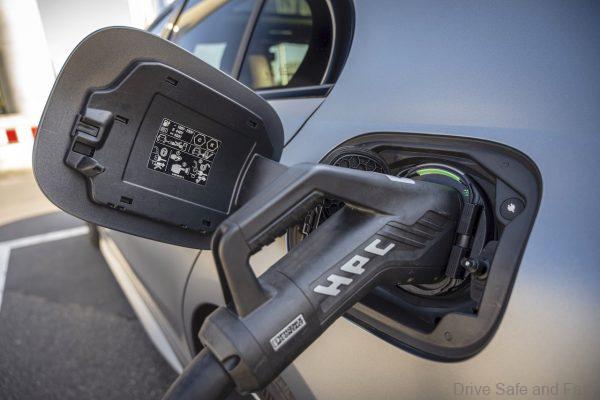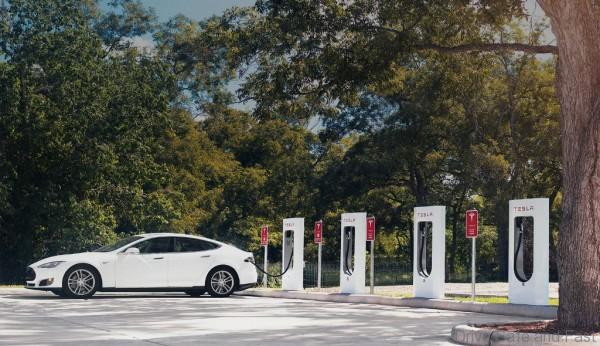The use of DC fast charging will increase the rate at which an EV’s battery capacity will decline
We can see on Facebook that most Malaysians who are enjoying their ‘tax-free’ electric cars are using DC Fast charging where possible and love the fact that they can get their battery charged in under 45 minutes or so.
What they are not realising is that DC fast charging reduces the lifespan of your EV battery and it might just fail right after your warranty runs out.
This could end up being a very expensive battery replacement or the scrapping of your electric car due to lack of funds.

Right now, our government wants more Malaysians to drive electric cars, well, more well to do Malaysians to enjoy tax free electric cars and so until the end of 2025 (might be extended another 2 years to 2027) full electric vehicles (mostly luxury and premium models) enjoy full import duty exemption and this has proven to be a boost for premium brands in Malaysia.
Meanwhile a recent study shared by the myev website states that DC Fast Charging stations can bring an EV’s battery up to 80 percent of its capacity in around 30-60 minutes, depending on the vehicle and the outside temperature (a cold battery charges slower than does a warm one).
While most electric car charging is done at home, DC Fast Charging can come in handy should an EV owner may find the state of charge indicator getting nervously low while en route. Locating Level 3 stations is essential for those taking extended road trips.

Interestingly, DC Fast Charging uses multiple connector configurations. Most models coming from Asian automakers use what’s called a CHAdeMO connector (Nissan Leaf, Kia Soul EV), while German and American EVs use the SAE Combo plug (BMW i3, Chevrolet Bolt EV which is not sold here in Malaysia), with many Level 3 charging stations supporting both types.
Tesla uses a proprietary connector to access its high-speed Supercharger network, which is limited to its own vehicles. Tesla owners can, however, use other public chargers via an adaptor that comes with the vehicle.

So, is DC charging really bad for EV batteries?
Well, EV manufacturers, KIA and Hyundai provide this warning statement in their EV owner’s manual:
“Battery performance and durability can deteriorate if the DC Charger is used constantly. Use of DC Charge should be minimized in order to help prolong high voltage battery life.”

Then the Ford Mustang Mach-E manual stats this:
“We recommend limiting the amount of DC charges. Frequent use of DC charging could result in reducing your battery’s efficiency and lifespan. The vehicle monitors battery health and may take actions including, but not limited to, reducing the DC fast charge rate to protect the battery hardware from damage, and to maintain battery health.”
So, now that you have read and understood the above, how to make that regular interstate trip with your electric vehicle? Well, simple, you have a 8-year warranty on your brand new tax-free electric car, so just keep using DC chargers and in the 5th or 6th year (way before the battery warranty runs out) sell your EV and buy a brand new electric vehicle.

